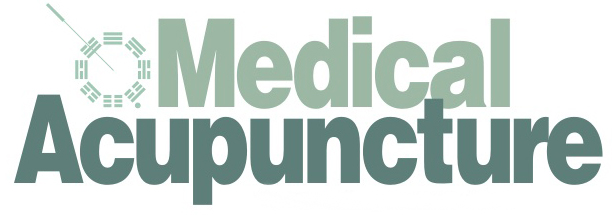 MEDICAL ACUPUNCTURE
MEDICAL ACUPUNCTURE
Volume 29, Number 2, 2017
Mary Ann Liebert, Inc.
DOI: 10.1089/acu.2017.1214
Detailed Autonomic Nervous System Analysis of Microcurrent Point Stimulation Applied to Battlefield Acupuncture Protocol
Kelly Armstrong, OTR/L, SIPT, MPP, Raman Gokal, MBChB, MD, FRCP, FASN, Joe Durant, BA(Psy), LMT, MPP, Todd Todorsky, LMT, MPP, Antoine Chevalier, PhD, LMT, MPP, and Bruce FaShong, DAc, MPP
Abstract
Introduction: This is a detailed comparative analysis of the effects of direct-current (DC) microcurrent point stimulation (MPS) on the autonomic nervous system, when applied in the Battlefield Acupuncture (BFA) protocol for 8 patients with histories of pain.
Methods: Evaluations entailed a standard baseline visual analogue scale (VAS) for pain, saliva cortisol, and a baseline status of 27 autonomic nervous system (ANS) functions, for a total of 29 markers, all repeated prior to and following electrotherapy on this cohort of patients.
Results: The ANS response to microcurrent point electrical nerve stimulation reflected a statistically significant pre–post improvement in 8 of the 29 markers collected: (1) pain on the VAS scale was reduced by 63% (2.0625 points; 95% CI [confidence interval]: 1.2745–2.8505; P = 0.0001); (2) heart rate variability improved by 42% (662.375 points; 95% CI: -1273.675 to -51.075; P = 0.037); (3) high frequency–vagal tone improved by 56% (231.25 points; 95% CI: -430.42 to -31.58); P = 0.029); (4) exercise tolerance increased by 22% (9.500 points; 95% CI: -16.747 to -2.253; P = 0.017); (5) parasympathetic activity improved by 38% (14.000 points; 95% CI: -23.202 to -4.798; P = 0.009); (6) stress was reduced by 27% (39.125 points; 95% CI: 1.945–76,305); P = 0.042); (7) the PTGi [photoplethysmography index] cardiac marker of endothelial function, arterial blood flow, and ANS regulation improved by 48% (21.5125 points; 95% CI: -35.441754 to 7.5832461; P = 0.008); (8) cardiac marker PTGVLFi [Photoplethysmography very low frequency index]—an ANS regulation marker of endothelial function and an indicator of ß-cell activity had a statistically significant reduction of 36% (9.250 mpoints; 95% CI: 1.062–17.438; P = 0.032). Salivary cortisol decreased by 14% (0.08286 points; 95% CI:-0.1182 to 0.28384; P = 0.352).
Conclusions: The positive and impressive results in this study showed significant improvement in several parameters of ANS function and reduction in pain and cortisol levels. If replicated, this study paves the way for use of DC MPS applied to the BFA protocol for other pathologies that are known to be affected by sympathetic nervous system activation.
Keywords: Battlefield Acupuncture, Microcurrent Point Stimulation, Heart Rate Variability (HRV), Vagal Tone (HF), Stress
For full PDF article: Detailed Autonomic Nervous System Analysis of Microcurrent Point Stimulation Applied to Battlefield Acupuncture Protocol
